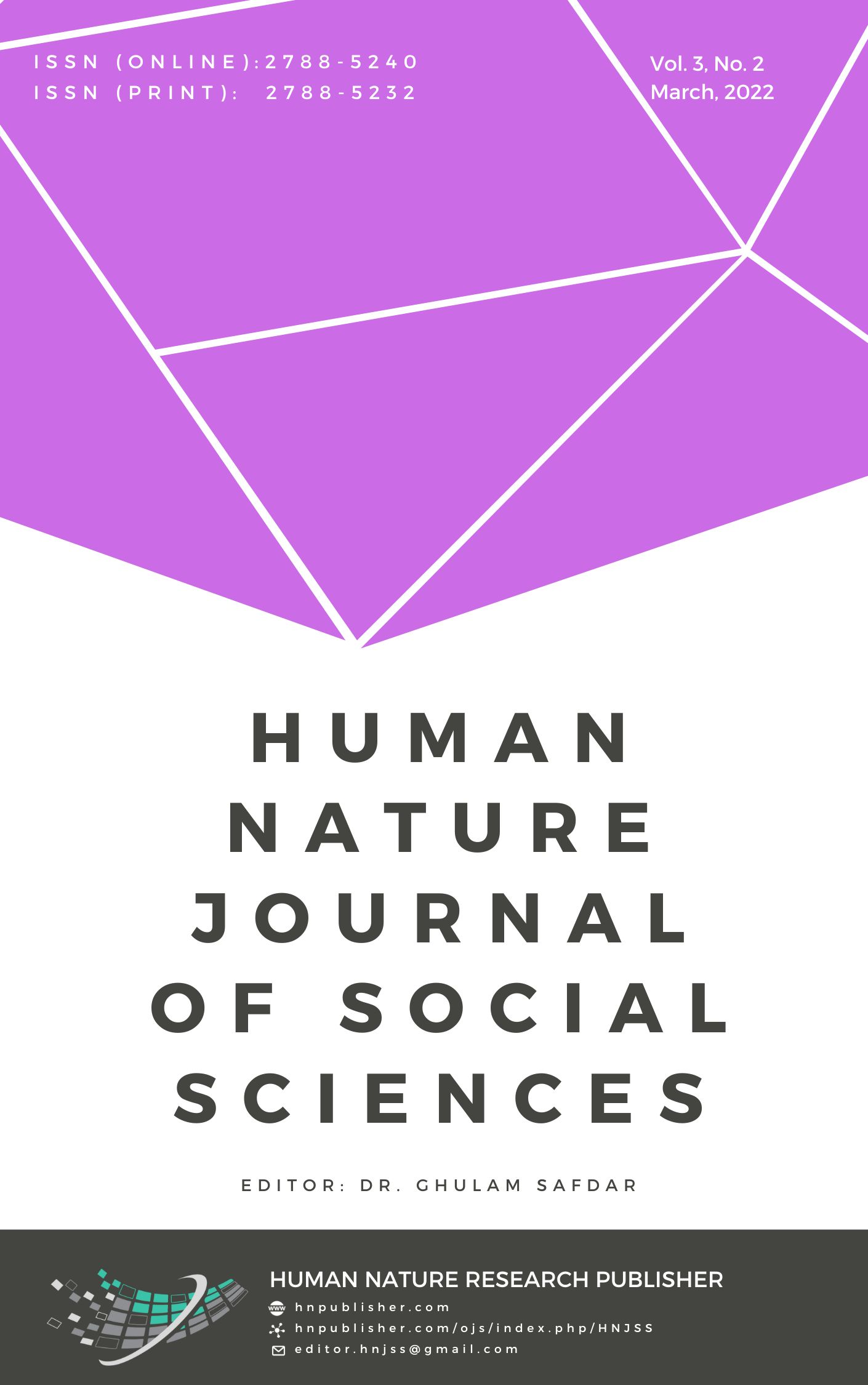Asymmetric Analysis of Exchange rate Volatility and Stability in Money Demand in the USA: An ARDL Approach
DOI:
https://doi.org/10.71016/hnjss/8nwnm129Keywords:
Asymmetric, Exchange rate, Autoregressive Distributed Lag, DepreciationAbstract
The main focus of this study is the asymmetric relationship between volatility in the exchange rate and demand for money in United State. Data was used from 1990 Q1 to 2020 Q1 to conduct this research. The study uses a nonlinear Autoregressive Distributed Lag technique to derive empirical estimates from selected sample data. Although the rate of exchange is regarded as a fundamental predictor of demand for money in the literature, there is insufficient empirical data to support this claim. We split the exchange rate into two strands in this analysis, positive (appreciation) and negative (depreciation) values, and we find that changes in the rate of exchange (EXR) affected asymmetrically the demand for money in United State. Furthermore, our findings show that when the US dollar appreciates, US citizens expect the dollar to appreciate even more, so they hold more US dollars. When the US dollar depreciates, the negative coefficients of exchange rate depreciation indicate that they continue to demand more US dollars. Rather than expecting additional deterioration, the impact of the wealth effect, and when the value of far-off assets held by US citizens’ increases in the US dollar, US citizens now want more US dollars to finance their rising consumption.
Downloads
Published
Issue
Section
License
Copyright (c) 2022 Sareer Ahmad, Shaista Noureen, Majid Ali, Muhammad Usman (Author)

This work is licensed under a Creative Commons Attribution-NonCommercial 4.0 International License.








